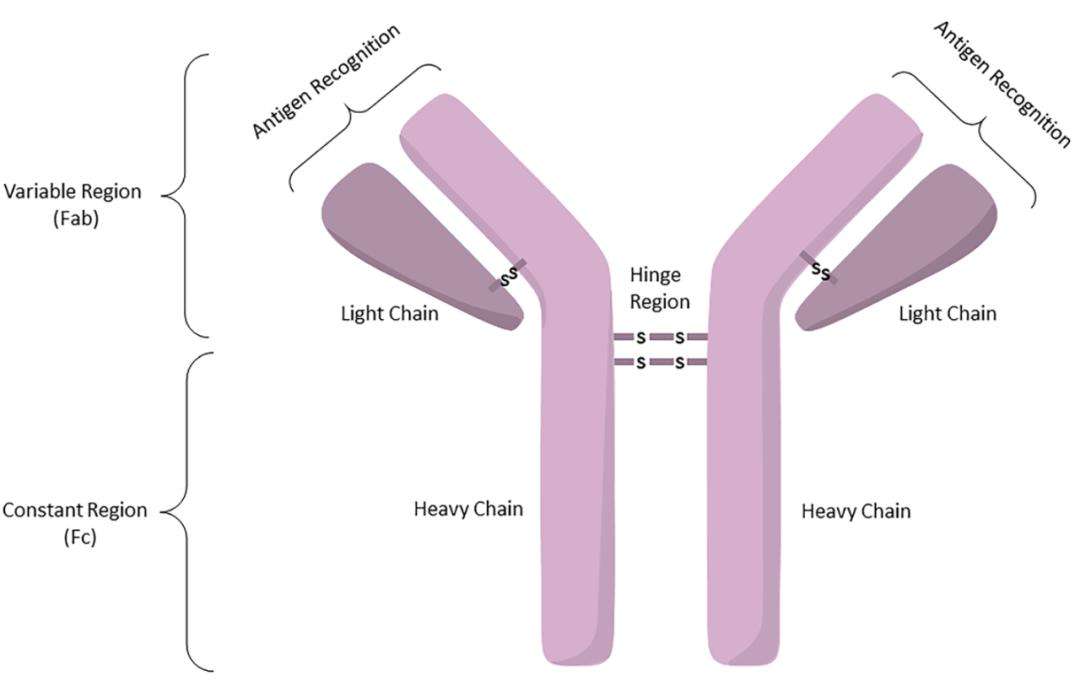To talk about the disadvantages of random coupling, there are two main points. First, random coupling mainly relies on natural amino acids, and the coupling of such amino acids with toxins is not strong, and it is prone to breakage and off-target effects. This makes second-generation ADCs have criticized adverse reactions.
Second, it is difficult to achieve stable DAR due to the inability to attach toxins in fixed positions. To address these issues, researchers have developed site-specific coupling techniques.
At present, there are three main site-specific coupling techniques:
The first, reactive cysteine, is also known as the Thiomab technology.
This technology was first developed by Genentech. In simple terms, it is to insert cysteine residues at specific points of the antibody through genetic engineering, and then couple the hydroxyl group on the cysteine to the toxin to form a site-specific antibody-drug conjugate.
The ADC drug-antibody ratio conjugated by this method is uniform, and 92.1% of the products have a DAR of 2.
The second, unnatural amino acid technology.
This technology is to introduce unnatural amino acids into specific sites of any target protein in the organism. Residues on these unnatural amino acids can be combined with linkers to form site-specific ADCs.
To do this, roughly three steps are required.
First, unnatural amino acids that meet the needs of ready-made medicines are synthesized in vitro through medicinal chemistry methods;
Secondly, under the action of tRNA (transfer RNA) synthetase, unnatural amino acids are tightly linked with special tRNA and transported to the ribosome for protein synthesis;
Finally, in the ribosome, tRNA recognizes special codons at specified positions and precisely inserts unnatural amino acids into specific parts of the polypeptide chain.
Ambrx’s ARX788 is an antibody conjugated drug developed using unnatural amino acids.
The third is the enzyme catalysis technology.
Yes, enzyme-catalyzed reactions can also be used in protein modification.
By inserting specific amino acid markers into the antibody sequence that can be recognized by some specialized enzymes, toxins can be selectively linked to antibodies.
For example, use sortase for site-directed conjugation. Sortase can specifically recognize the LPXTG sequence and open the peptide bond between threonine and glycine, inserting the repeated glycine sequence.
In this way, LPETG sequences can be inserted at the ends of the heavy and light chains of the antibody and coupled with the MMAE toxin with a glycine chain to achieve site-specific conjugation of antibody drugs.
In addition to sorting enzymes, there are many enzymes that can be used in site-directed coupling technology, such as formylglycine-generating enzyme (FGE), microbial transglutaminase (MTG), tyrosinase, etc., all of which can interact with toxins. point-specific binding.
Of course, in addition to the above three coupling technologies, there are many site-specific coupling methods on the way, such as selenocysteine, serine cysteine, etc.
With the advancement of ADC coupling methods, the problem of uneven ADC drug-to-antibody ratio has been gradually improved.









